Indian Car Market Sees First Yearly Sales Decline Since 2002

For the first time in more than a decade, new car sales in India have failed to post a year-over-year increase. Instead, a sharp drop in sales spells bad news for carmakers with heavy investments in that important developing market.
According to information released by the Society of Indian Automotive Manufacturers and reported by the WSJ, passenger car sales declined by 9.6 percent in 2013 to around 1.8 million units. Total passenger vehicle sales were down 7.2 percent to 2.55 million units. Many factors contributed to the decline, but inflation is the primary culprit. This past year in India saw a slowing of economic growth as prices surged, squeezing the purchasing power of the burgeoning middle class. Besides the spike in new-vehicle prices, the general cost of ownership has also risen. The rollback of government controls on fuel prices has led to higher costs for gasoline. Loan rates have also risen, giving many consumers second thoughts about purchasing a new car. The decline of new car sales illustrates the pitfalls of investing in emerging markets, which demonstrate strong aggregate growth but are often volatile in nature.
Ford, Honda, Hyundai, and Suzuki have all invested heavily in the Indian market in recent years. If growth remains stagnant or declines, it could lead to retrenchment from manufacturers who previously bet big on the emerging economy. Instead of increased domestic sales, manufacturers may turn to exporting. Ford in particular has spent nearly a billion dollars to expand Indian manufacturing capacity in the anticipation of future growth. The introduction of the EcoSport SUV helped lift overall December sales for Ford India, with a 2.84 percent increase over the previous year. But that sales increase came from a nearly 10 percent decline in domestic sales a 22 percent rise in exports. If Ford’s (or any other company’s) plans for Indian domestic growth don’t pan out, it could lead to all kinds of interesting arrangements in an attempt to maximize sunk capital investments. Indian-built EcoSport for the American market, anyone?

More by J.Emerson
Latest Car Reviews
Read moreLatest Product Reviews
Read moreRecent Comments
- Corey Lewis It's not competitive against others in the class, as my review discussed. https://www.thetruthaboutcars.com/cars/chevrolet/rental-review-the-2023-chevrolet-malibu-last-domestic-midsize-standing-44502760
- Turbo Is Black Magic My wife had one of these back in 06, did a ton of work to it… supercharger, full exhaust, full suspension.. it was a blast to drive even though it was still hilariously slow. Great for drive in nights, open the hatch fold the seats flat and just relax.Also this thing is a great example of how far we have come in crash safety even since just 2005… go look at these old crash tests now and I cringe at what a modern electric tank would do to this thing.
- MaintenanceCosts Whenever the topic of the xB comes up…Me: "The style is fun. The combination of the box shape and the aggressive detailing is very JDM."Wife: "Those are ghetto."Me: "They're smaller than a Corolla outside and have the space of a RAV4 inside."Wife: "Those are ghetto."Me: "They're kind of fun to drive with a stick."Wife: "Those are ghetto."It's one of a few cars (including its fellow box, the Ford Flex) on which we will just never see eye to eye.
- Oberkanone The alternative is a more expensive SUV. Yes, it will be missed.
- Ajla I did like this one.



















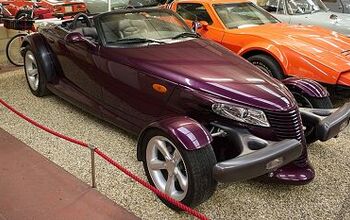
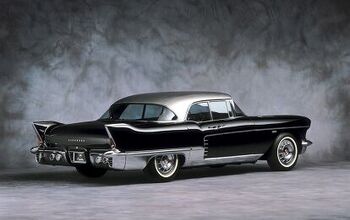
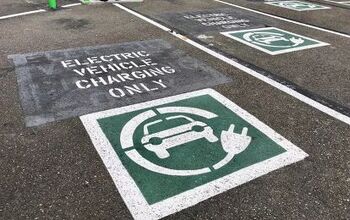


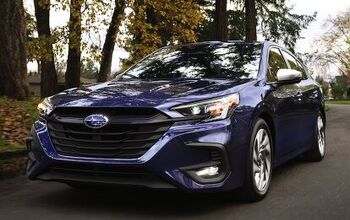
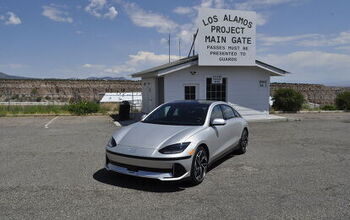
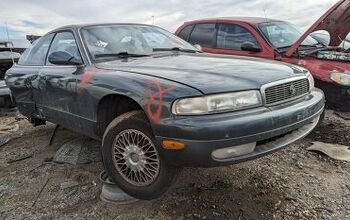
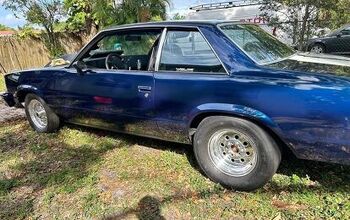

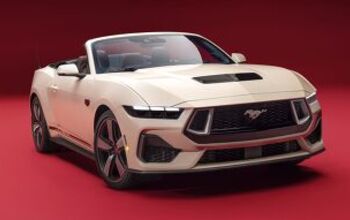
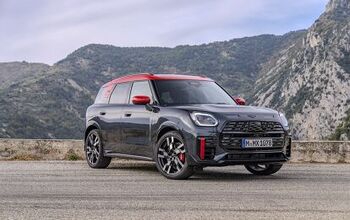


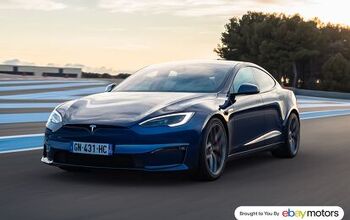
Comments
Join the conversation
In general, most servicing and support is done at car dealerships. Most of VW's dealers are in the major metro areas. VW/Skoda just have around 4% of the Indian car market. Over 40% remains with Maruti/Suzuki. Their cars are more basic (except for their Fiat sourced DI Turbo diesels). However, they have an extensive support network and are known for their excellent customer service. The Hindustan Ambassador could often be serviced at independent shops as it was quite primitive, but its market presence is quite irrelevant now (
"What are the tax rates on a new vehicle in India?" Road Taxes vary by state over price slabs and in some states even the type of fuel. eliteford.co.in/ford_ecosport.htm Ex-Showroom Price: INR 568,937 or USD 9176 State Road Tax: INR 96,665 USD 1560 For the basic diesel, it is USD 10982 and USD 1840. Ex-showroom = Ex-factory + Excise (12% to 27%) + VAT In some cases, a vehicle that costs USD 16,000 can retail for USD 30600. "The best selling car in India has been the old BMC based Morris Oxford" Sales till the 80s were not out of choice. The Ambassador now sells less than 150 a month. "I’m curious about the shop and repair infrastructure." Except some Tata dealers, almost every dealer has top-notch workshop facilities even in small towns. Since independent mechanics don't have an education or certification and don't provide any guarantees, nobody trusts them, except maybe some taxi operators trying to cut costs with cheaper spares. Skoda and VW has brought this upon themselves by all the dealer horror stories. team-bhp.com/forum/indian-car-scene/55796-team-bhp-stands-truth-but-skoda-wants-instigate-team-bhp-its-users.html "That car is in no other market wanted and because it is only wanted in India it is also developed in India." If that was the plan, it doesn't seem to be working. http://www.team-bhp.com/forum/indian-car-scene/146436-december-2013-indian-car-sales-figures-analysis.html Most of the top 10 best sellers were probably designed in Japan with the exception of the Hyundai i10 from Germany and the Bolero and the Swift Dzire from India. In 1971, there were 1.8 million registered vehicles on the road. That number went up to 89.6 million by 2006. Parts of India are still stuck in the 70s, I shudder at the thought of the environmental impact when they seek to live and drive like the rest of the world.